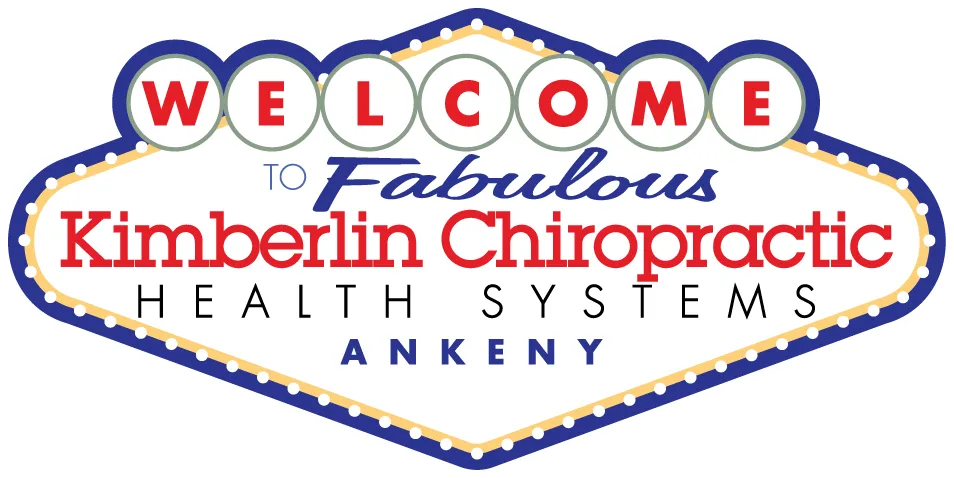Non-Surgical Relief for Herniated Disc in Ankeny, Iowa
A herniated disc, often referred to as a bulging or slipped disc, occurs when the soft inner gel of the disc pushes through a crack in the tougher exterior casing. This condition can irritate nearby nerves, resulting in pain, numbness, or weakness in an arm or leg. It's a common condition that affects many individuals, especially those involved in physically demanding jobs or those with poor posture. In some cases, the discomfort can extend beyond the immediate area, causing referred pain that further complicates daily activities. The onset of a herniated disc can be sudden, following a specific incident like lifting a heavy object incorrectly, or it can develop gradually due to repetitive strain and poor ergonomics. Understanding the specific cause of your herniated disc is crucial for effective treatment and prevention of future occurrences. This condition is not limited to any specific age group, though it's more prevalent in individuals between the ages of 30 and 50.
If you're experiencing the debilitating effects of a herniated disc in Ankeny, Iowa, you're likely searching for effective relief that doesn't involve surgery. The good news is that non-surgical herniated disc treatment options have proven highly successful for the majority of patients, allowing them to return to their normal activities without the risks, costs, and lengthy recovery periods associated with surgical intervention.
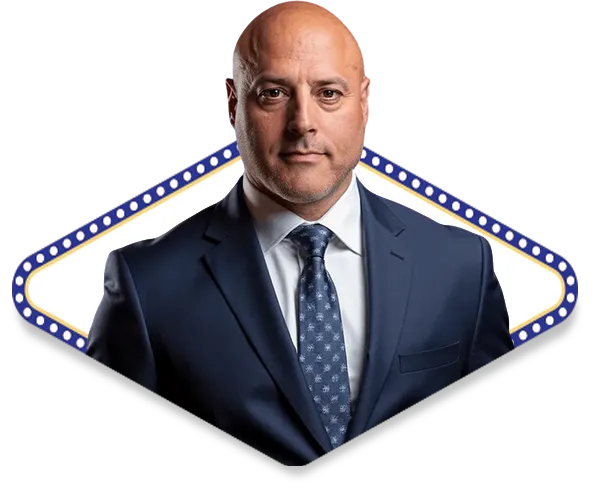
meet dr. dale kimberlin
"I've been adjusting patients for 25+ years now. If you're looking for a doctor who knows what he's talking about, you've come to the right place."
Understanding Your Herniated Disc Pain
Before exploring non-surgical treatment options for herniated discs, it's important to understand exactly what's happening in your spine. Your spinal column consists of vertebrae stacked on top of each other, with intervertebral discs acting as cushions between each bone. These discs have a tough outer layer called the annulus fibrosus and a soft, gel-like center known as the nucleus pulposus. When the outer layer weakens or tears, the inner material can protrude outward, creating a herniated disc.
This herniation doesn't always cause immediate pain. Problems arise when the protruding disc material compresses or irritates nearby spinal nerves. Depending on the location of your herniated disc, you may experience symptoms in different areas of your body. A herniated disc in your lower back (lumbar spine) typically causes sciatica, with pain radiating down one leg. A herniated disc in your neck (cervical spine) can lead to pain, numbness, or weakness in your shoulder, arm, or hand. Many Ankeny residents initially mistake these symptoms for muscle strains or general aging, delaying the proper diagnosis and treatment their condition requires.
Why Choose Non-Surgical Herniated Disc Treatment?
The decision between surgical and non-surgical treatment for a herniated disc is significant, and understanding your options is crucial. Research consistently shows that approximately 90% of herniated disc patients experience significant improvement with conservative, non-surgical care. Surgery should typically be considered only after exhausting non-surgical options or in cases of severe neurological compromise, such as loss of bowel or bladder control.
Non-surgical herniated disc relief offers numerous advantages. These treatments work with your body's natural healing processes, avoid the inherent risks of surgery and anesthesia, require no extended recovery period that keeps you away from work and family, preserve the structural integrity of your spine, and cost significantly less than surgical procedures. For residents of Ankeny, Iowa seeking herniated disc treatment, starting with conservative care provides the best risk-to-benefit ratio for most patients.
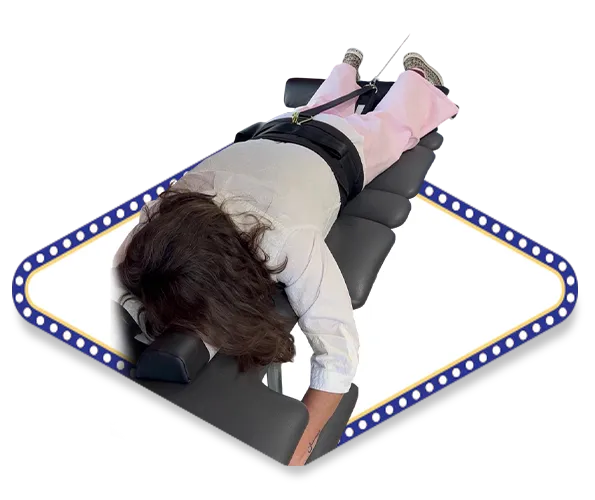
Effective Non-Surgical Treatments for Herniated Discs
Spinal Decompression Therapy
Spinal decompression therapy stands as one of the most effective non-surgical treatments for herniated discs available in Ankeny. This advanced therapy uses specialized equipment to gently stretch the spine, creating negative pressure within the disc. This negative pressure encourages the herniated material to retract back toward its proper position while simultaneously promoting the flow of healing nutrients, oxygen, and fluids into the damaged disc.
Unlike traditional traction methods, modern spinal decompression therapy is computer-controlled and specifically calibrated to your body's needs. Treatment sessions typically last 20-30 minutes and are completely painless. Most patients describe the experience as relaxing, with many even falling asleep during sessions. The therapy works by cycling through periods of decompression and partial relaxation, preventing your muscles from reflexively tightening against the treatment. Clinical studies have demonstrated decompression therapy's effectiveness for herniated discs, with success rates exceeding 85% in appropriate candidates.
Chiropractic Adjustments for Herniated Disc Relief
Chiropractic care offers targeted, gentle adjustments that can significantly reduce herniated disc pain and promote healing. A skilled chiropractor in Ankeny can assess your specific condition and develop a customized treatment plan addressing the root cause of your symptoms rather than simply masking pain. Chiropractic adjustments for herniated discs focus on restoring proper spinal alignment, reducing nerve irritation, and improving overall spinal function.
It's important to note that chiropractic treatment for herniated discs requires specialized knowledge and technique. Not all adjustments are appropriate for every herniated disc case. A qualified chiropractor will perform a thorough examination, possibly including diagnostic imaging, before determining the most appropriate treatment approach. Techniques may include gentle mobilization, flexion-distraction therapy, or instrument-assisted adjustments that avoid the high-velocity manipulations sometimes associated with traditional chiropractic care. When combined with other therapies, chiropractic adjustments can accelerate healing and provide lasting relief.
Cold Laser Therapy
Cold laser therapy, also known as low-level laser therapy (LLLT), represents a cutting-edge approach to herniated disc treatment. This FDA-cleared technology uses specific wavelengths of light to penetrate deep into damaged tissues, stimulating cellular repair and reducing inflammation at the source. For herniated disc patients in Ankeny, cold laser therapy offers a completely non-invasive option that produces no heat, sound, or vibration.
The mechanism behind cold laser therapy involves photobiomodulation—the process by which light energy triggers biochemical changes in cells. This stimulates the production of ATP (cellular energy), increases circulation to the affected area, and accelerates the body's natural healing processes. Treatment sessions are brief, typically lasting just 5-10 minutes, and patients often notice reduced pain and improved mobility after just a few sessions. Cold laser therapy works synergistically with other non-surgical treatments, making it an excellent component of a comprehensive herniated disc treatment plan.
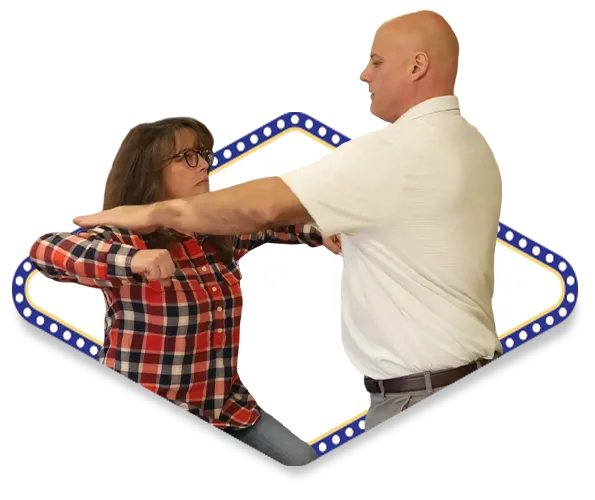
The Importance of a Comprehensive Treatment Approach
Effective herniated disc relief rarely comes from a single treatment modality. The most successful outcomes occur when multiple complementary therapies work together to address different aspects of your condition. A comprehensive herniated disc treatment plan in Ankeny should address pain reduction, inflammation control, structural correction, strengthening and stabilization, and prevention of future injury.
Your treatment plan should be customized to your specific condition, symptoms, lifestyle, and goals. Factors such as the location of your herniated disc, the severity of your symptoms, your overall health, and your daily activities all influence which combination of therapies will be most effective for you. Regular reassessment ensures your treatment evolves as you heal, maximizing results and preventing setbacks.
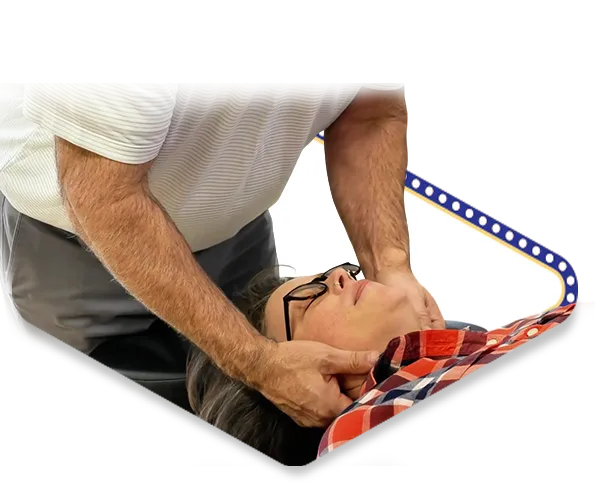
What to Expect During Non-Surgical Herniated Disc Treatment
Beginning non-surgical treatment for your herniated disc in Ankeny starts with a comprehensive evaluation. This typically includes a detailed discussion of your symptoms and medical history, physical examination to assess range of motion, strength, and neurological function, and review of any existing imaging studies or recommendations for new diagnostic tests if needed. This thorough assessment allows your healthcare provider to create a targeted treatment strategy.
Most patients begin noticing improvement within the first few weeks of treatment, though the timeline varies based on the severity of your herniation and how long you've been experiencing symptoms. Generally, acute herniated disc cases (those present for less than three months) respond more quickly than chronic cases. A typical treatment plan might span 6-12 weeks, with sessions scheduled 2-3 times per week initially, then gradually reducing frequency as you improve. Throughout your care, you'll receive guidance on activities to avoid, proper body mechanics, and exercises to perform at home to support your recovery.
Finding Herniated Disc Relief in Ankeny, Iowa
If you're suffering from herniated disc pain in Ankeny, Iowa, you don't have to accept surgery as your only option. Advanced non-surgical treatments have helped thousands of patients just like you return to active, pain-free lives without going under the knife. The key is finding a qualified healthcare provider who specializes in comprehensive, evidence-based herniated disc treatment.
Don't let herniated disc pain control your life any longer. Non-surgical options offer safe, effective relief that addresses the root cause of your condition while supporting your body's natural healing abilities. With the right combination of therapies and a commitment to your treatment plan, you can experience significant improvement and reclaim the active lifestyle you deserve. Contact a herniated disc specialist in Ankeny today to schedule your comprehensive evaluation and take the first step toward lasting relief.
Authored by Dr. Dale Kimberlin, Kimberlin Chiropractic Health Systems
All In On Wellness - Ankeny's Top Chiropractic Care
Herniated & Bulging Disc Relief
$50 new patient special
Stop gambling with your health. Kimberlin Chiropractic is your sure bet to a better tomorrow.

Lorem Ipsum is simply dummy text of the printing and typesetting industry. Lorem Ipsum has been the industry's standard.

Lorem Ipsum is simply dummy text of the printing and typesetting industry. Lorem Ipsum has been the industry's standard.

Lorem Ipsum is simply dummy text of the printing and typesetting industry. Lorem Ipsum has been the industry's standard.
Jennifer Ebron
Neck Pain Treatment
Christopher Strock
Back Pain Treatment
Christopher Strock
Back Pain Treatment

